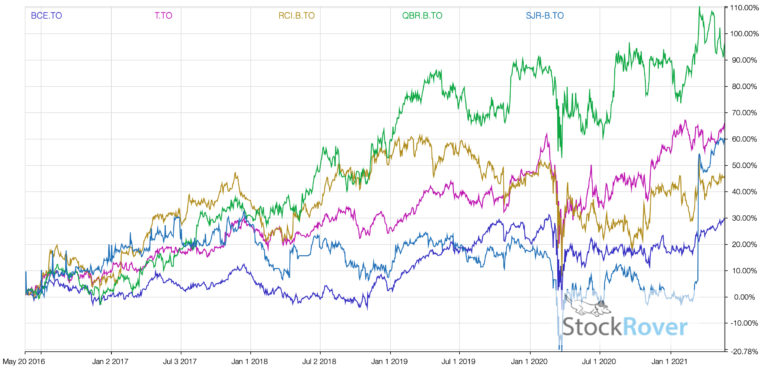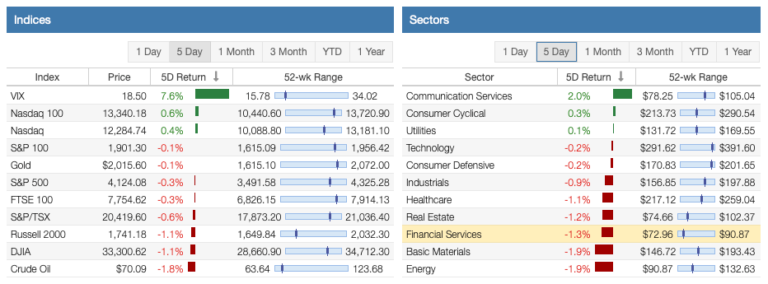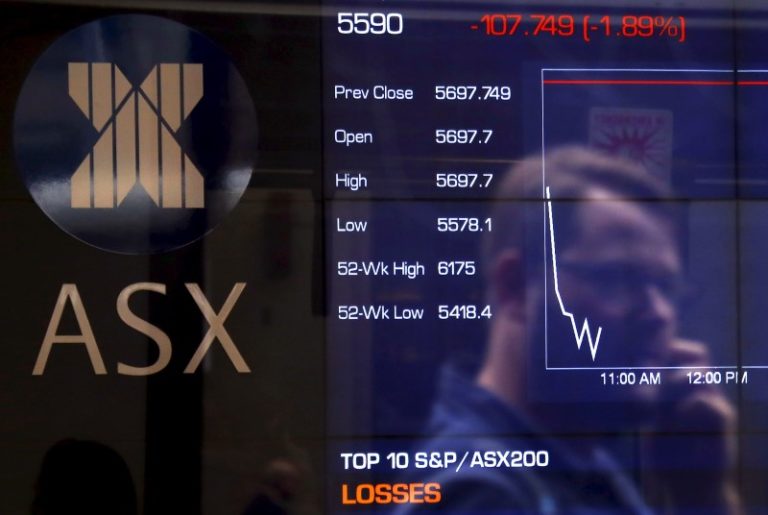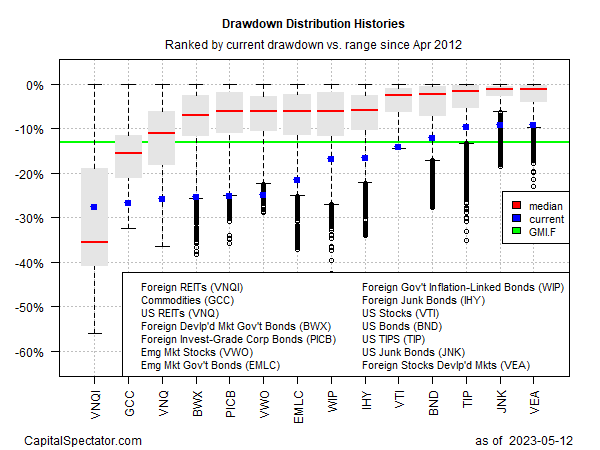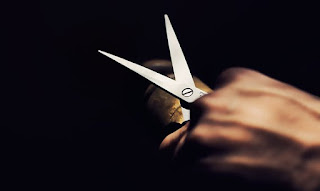
Should You Sell A Dividend Stock After A Dividend Cut?
I am not a stock trader; I am a dividend growth and value based long-term buy-and-hold investor. When I add a stock to my dividend portfolio, it is my intention to hold the stock forever. I am not smart enough to time the daily gyrations of the stock market. When stock prices start dropping, our primal instinct of flight kicks in and we want to sell. In many cases that is the time to be buying. However, sometimes selling a stock is the right thing to do.
In determining when to sell a dividend stock, I have one hard and fast rule: When an individual stock held as a dividend investment lowers its dividend, sell it. This may seem like a stringent rule and I have taken a lot of criticism for it from both directions.
Some have said waiting until a stock drops its dividend is too late. I can’t (and won’t) base investment decisions on innuendo or rumor. Others have said that selling a stock after it cuts its dividend is too early. Their argument is the bad news has already been priced into the stock and you are selling into weakness. I feel strongly that an immediate sell is the correct thing to do for the following reasons:
I. Cockroach Theory
When a company that has a long history of raising dividends and suddenly stops, it is usually more than a simple bump in the road. For the one cockroach you have seen (lower dividend) there are probably hundreds waiting to reveal themselves.
II. Adultery Theory
I view a dividend cut as financial infidelity by the company. After a company has raised its dividend 10, 20, 30 or more years that first dividend cut is very hard. Like someone who first has a series of affairs after 30 years of marriage, the first one is likely to be guilt ridden, but it is much easier the second time around. Eventually, the guilt goes away.
III Experience
My experience has been once a company cuts its dividend, the stock continues down. Sure the stock could come back over time, but some never come back. Even assuming the sock would come back at some point in the future, it might be better to sell and take the tax loss, wait for the 30-day wash sale window to clear and buy it back (see IV below on why this is not an option for me.)
IV Portfolio Goals
The most important reason for selling a dividend stock after it cuts its dividend is that the investment is no longer aligned with my dividend portfolio’s goal of building an ever-growing source of dividend income. Some have argued that certain securities are good value plays after a dividend cut. This may or may not be true, but my dividend portfolio’s primary objective is dividend income, not capital gains. I have a separate portfolio for that. To date, I have not transferred any dividend growth stocks to my capital appreciation portfolio, and probably will not.
Finally, some will say that it was the “right” thing to do for the company to cut the dividend given the circumstances. In many cases I do not disagree. However, in the cases I have been involved with the company was not “given” the circumstances, they created them through their own actions. If a company was truly a victim of circumstances which couldn’t possibly be foreseen or planned for, I would gladly to cut them some slack and consider an exception to my rule. This situation rarely ever comes along.
Full Disclosure: No position in the aforementioned securities.
Related Articles
Published at Tue, 08 Feb 2022 00:30:00 -0800

